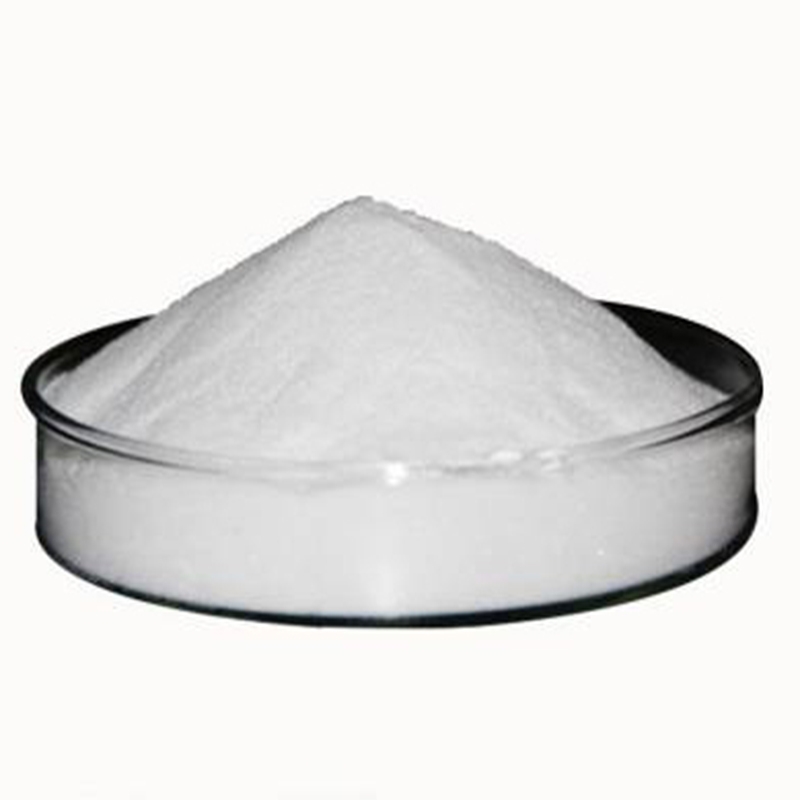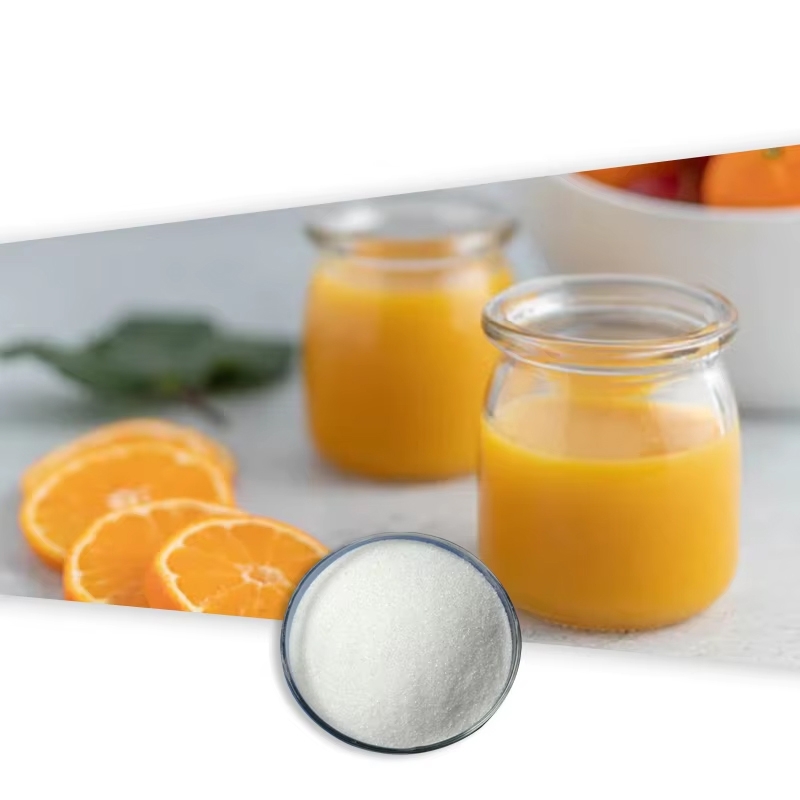-
Categories
-
Pharmaceutical Intermediates
-
Active Pharmaceutical Ingredients
-
Food Additives
- Industrial Coatings
- Agrochemicals
- Dyes and Pigments
- Surfactant
- Flavors and Fragrances
- Chemical Reagents
- Catalyst and Auxiliary
- Natural Products
- Inorganic Chemistry
-
Organic Chemistry
-
Biochemical Engineering
- Analytical Chemistry
-
Cosmetic Ingredient
- Water Treatment Chemical
-
Pharmaceutical Intermediates
Promotion
ECHEMI Mall
Wholesale
Weekly Price
Exhibition
News
-
Trade Service
China Bakery and Confectionery Industry Association (hereinafter referred to as "China Bakery Association") recently issued the "Notice on Soliciting Opinions on GB 7099 "National Food Safety Standard Pastry and Bread" (Draft for Comments)"
.
The notice said that the China Bakery Association had previously taken the lead in undertaking the revision of the "National Food Safety Standard Pastry and Bread"
.
At present, the working group has completed the preparation of the National Food Safety Standard Pastry and Bread (Draft for Comments) and the preparation instructions, and is now soliciting opinions from relevant industry departments, production and testing
.
In general, bread and pastry in the draft are expected to usher in a new definition, the detection range of acid price and peroxide value may be extended to products containing nuts and seeds, products with live probiotics are recommended to identify the name of the strain and the number of viable bacteria, and the restrictions on product raw materials and forms will be relaxed to a certain extent to meet the needs of
industry innovation and development.
After comparing the old version of the standard (2015 version) with the consultation draft, it is found that the first is that this revision redefines "pastry"
.
2015 version of the definition: cereals, beans, potatoes, oils, sugar, eggs, etc.
as the main raw materials, with or without other raw materials, through the preparation, molding, cooking and other processes of food, as well as before
or after cooking on the surface of the product or inside the food after cooking 。 The Draft for Comments is revised to: foods made by preparation, molding, cooking, etc.
, using one or more types of grains (and/or legumes, potatoes) and their products, oils, eggs and egg products, etc
.
as raw materials, with or without other ingredients, and foods with other ingredients added between products (or on the surface or inside) before and/or after cooking 。 According to relevant experts of the China Bakery Association, some pastries are made of grains, beans, etc.
as raw materials, such as steamed pastries: glutinous rice dumplings, yellow rice dumplings, and more are primary processed products of grains, beans and potatoes, such as flour, rice flour, soybean flour, potato flour or deep processed products of cereals, beans and potatoes as raw materials, so they are modified to: grains (and/or beans, potatoes) and their products
.
In addition, with the improvement of health and nutritional demand, sugar-free and low-sugar products have been put on the market in large quantities, and sugar alcohols and sugar substitute raw materials can completely replace sugar in the traditional sense under the premise of meeting process requirements, so "sugar" is removed
from raw materials.
In addition, pastry products are becoming more and more diverse, and the standard should not restrict the form of the product, so it was modified to "and foods where other ingredients are added between (or on the surface, or inside) between the products before and/or after cooking"
.
The second is the redefinition
of "bread".
2015 version of the definition: wheat flour, yeast, water, etc.
as the main raw materials, with or without other raw materials, through stirring, fermentation, shaping, awakening, ripening and other processes to make food, as well as before or after cooking on the surface or inside of the product to add cream, egg white, cocoa, jam, etc
.
This revision is: wheat flour and/or other grain products as the main raw materials, with or without yeast and other ingredients, food made by stirring, fermentation, shaping, proofing, baking and other processes, and foods with other ingredients added on the surface or inside of the
product before or after baking 。 The China Bakery Association pointed out that the definition of bread was revised because in addition to wheat flour, the main raw material of bread is also the production of bread from whole wheat flour, gluten + starch / konjac flour, so "wheat flour" was revised to "wheat flour and/or other grain products"; In addition to yeast, bread can also be fermented using sourdough, old noodles, yogurt, fresh fruit and vegetable puree (juice), hops, etc.
, so the "yeast" is removed from the main raw material; Bread can also be fermented directly with milk and natural juice, so "water" is removed
from the main raw material.
With the development of new products, more and more raw materials are used for bread, and the standard should not limit the form and raw materials of the product, so it is recommended to modify it to "and foods that add other ingredients, etc.
on the surface or inside of the product before or after baking"
.
In addition, experts from the China Bakery Association said that in terms of physical and chemical requirements, the original standard only tested acid value and peroxide value for products with added fat, such as shortening used in pastries, which is a edible oil product
.
However, the oil-rich walnuts, peanuts and other nuts and seeds used in bread and pastries, its corresponding standard GB19300-2014 "National Food Safety Standard for Nuts and Seeds Food" also has requirements for acid price and peroxide value, so products containing such oil-rich raw materials should also be tested for acid value and peroxide value, and this revision adds relevant testing content
.
In addition, the consultation draft also recommends that "the name of the added strain and the number of viable bacteria in the final product should be indicated on the label of products with active strains", on the grounds that probiotics have been used in more and more products, and the added strains come in a variety of forms, which is subject to public scrutiny
for clear consumption.
China Food News(November 28, 2022, Version 05)







